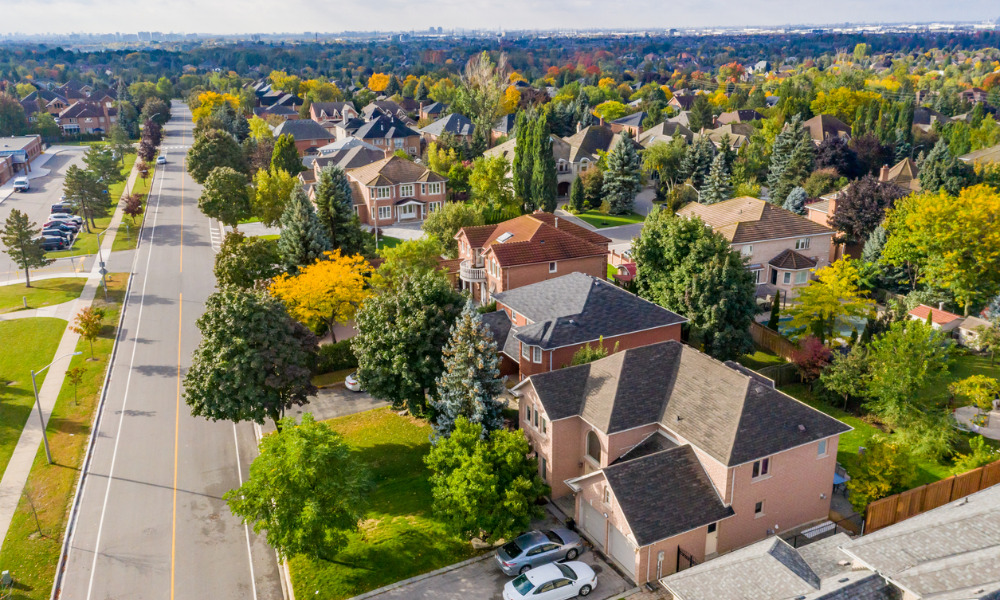The pandemic pace was markedly different from the rate of growth seen in the 2016-19 period

The COVID-19 pandemic proved to be a major factor in the noticeable slowdown of population growth in most of Canada’s downtown areas over the past two years, according to the national statistics agency.
“Since the onset of the pandemic in the spring of 2020, far fewer Canadians are commuting to work downtown as many businesses and government agencies that could do so shifted from an office setting to working virtually at home,” Statistics Canada said in a recent analysis.
From July 1, 2020 to the end of June 2021, the pace of growth slowed in 38 out of 42 major downtowns areas compared with the pace seen from 2016 to 2019. The population also declined in 30 of 42 downtowns from July 1, 2020 to the end of June 2021, with the largest drops seen in the Montreal (down 3.1%) and Vancouver (down 2.9%) cores, StatCan said.
Read more: ‘Urban spread’ continues unimpeded in Canada’s largest markets
Similar slowdowns in population growth were also observed in suburban markets during the first year of the pandemic, StatCan said.
“Some people who have worked at home since the start of the pandemic may have chosen to move out of the downtown to the suburbs in search of more space or a more affordable home,” the agency said.
However, “given that new arrivals to Canada are more likely to settle in the core of urban centres, border restrictions to slow the spread of COVID-19 may have had less impact on population growth in the distant suburbs but contributed more to slower growth downtown,” StatCan added.



